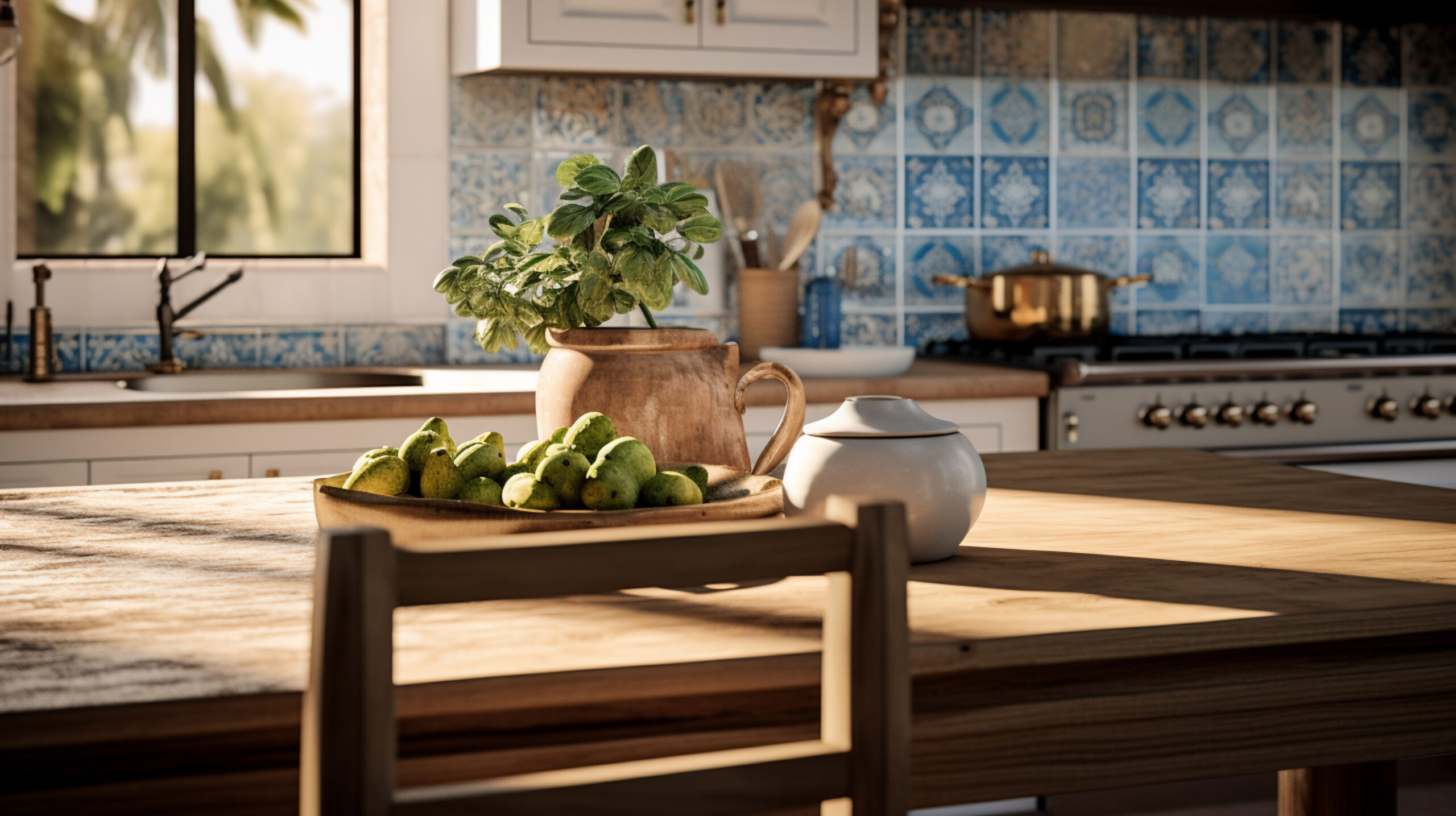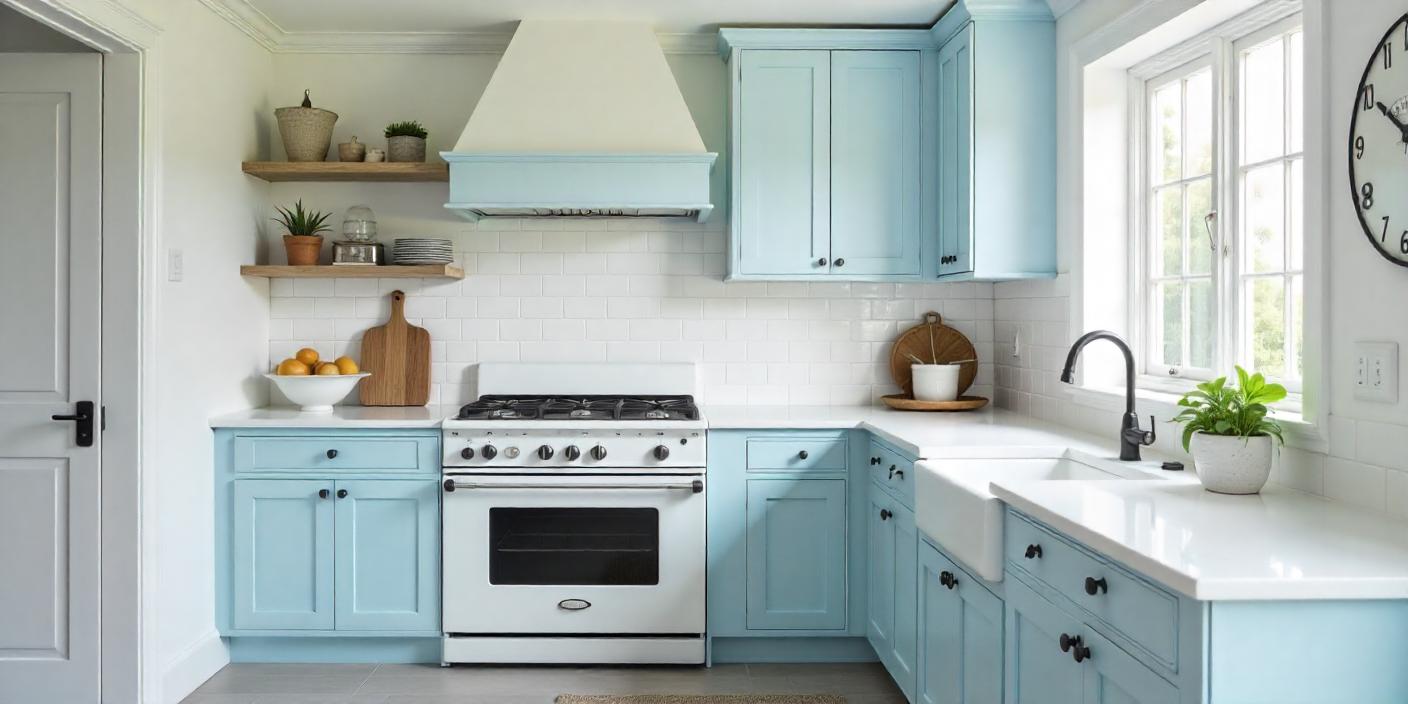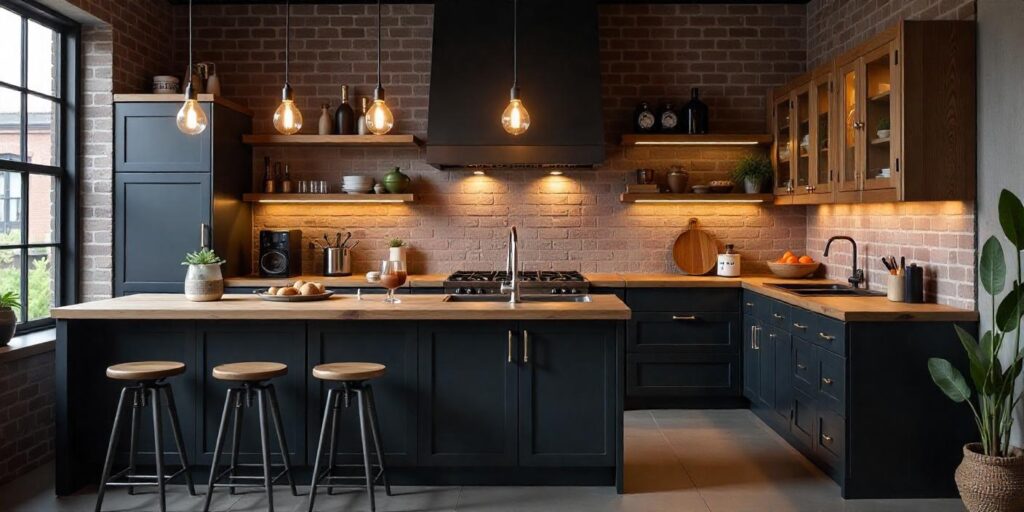Eco-friendly kitchen tips can be used as recommendation for home owners looking to go down the route of sustainability. Listed below are 5 good tips on how home owners can make the move towards creating a more eco-friendly kitchen.
Eco-Friendly Kitchen Tips #1: Using Materials That Promote Sustainability

Setting up the kitchen in an eco-friendly house involves the use of recyclable materials. Materials are said to be sustainable if they have very little effect on the environment — right from extraction to waste management of these materials. BWR plywood is one of the most common water-resistant types of plywood for kitchen cabinetry. It is tough and eco-friendly as it uses renewable wood sources.
Another great material that can be used for kitchen counters is Silestone — made from natural quartz. Recycled materials will also serve very well — wood from recycling may be used in making cabinets or shelves while glass and stones from recycling may be used on countertops and backslashes which reduces landfill waste and demands on new raw materials.
When it comes to flooring for a sustainable kitchen, materials such as bamboo and cork are just perfect since they come from renewable sources that do not take much time to regenerate. More precisely, the different species of bamboo have an outstanding growth rate and can be harvested without causing any damage to the plant. The material is rather renewable. Another ecological flooring choice would be reclaimed wood since it gives new life to materials that otherwise would be discarded. In addition, the eco-friendly paints on walls, cabinetry or trims enhance indoor quality because such paints are low in volatile organic compounds which are extremely harmful chemicals.
Kitchens made from sustainable materials contribute much to reducing the carbon footprint. This will not only ensure a better health effect on the planet but will also be healthier indoors while providing durability in the kitchen space.
Eco-Friendly Kitchen Tips #2: Avoiding Food Waste As Much As Possible

Another way to make the home kitchen more ecologically friendly while you simplify your life and save money is through decreasing food waste. The first step is to plan meals in advance — allowing you to avoid overbuying and food wastage. Conscious shopping means buying just what you need while reducing excess waste along with excess packaging. Proper food storage extends its life and saves on waste.
Invest in environmentally friendly storage such as glass containers, covers made of silicone or reusable beeswax wraps. These substitutes for plastic will be very helpful in keeping food fresh for an extended period while reducing dependency on single-use plastics.
Reduce food waste by using leftovers. Be creative and make different kinds of meals using the same leftover ingredients or freeze them for future uses. Composting represents one of the most effective ways to reduce the quantity of food wastes sent to landfills. With a composting setup, food waste is changed into a fertiliser rich compost product that can be used to improve the quality of the soil in your garden. This might be quite helpful for the environment.
Surplus food can also be donated to local food banks or via applications that connect people or organisations around you. Lastly, by educating family members about the importance of portion control when preparing and serving a meal, unnecessary food could be prevented from waste. In doing so, you are completing the minimum requirement of reducing food waste in your contribution toward having an eco-friendly kitchen that promotes a green lifestyle.
Eco-Friendly Kitchen Tips #3: Using Energy-Efficient Appliances

Energy-efficient appliances may be the ticket to an environmentally friendly home kitchen that reduces energy consumption greatly — minimising environmental impact. When it comes to replacing appliances, choose ones bearing the Energy Star label — an assurance that they operate within strict energy efficiency guidelines. These energy-efficient refrigerators, dishwashers and ovens consume less electricity yet, they still deliver good performance compared to their traditional counterparts.
Further efficiency is achieved by installing an induction stove — electromagnetic energy supplied to it directly heats the pots and pans which shortens cooking time and lessens energy waste compared to a conventional gas or electric stove. Energy-saving options abound with dishwashers — running full loads and opting for eco-friendly settings go a long way in conserving water and energy. A smart thermostat in the kitchen also maintains temperature in your kitchen at optimum levels. A smart thermostat will automatically adjust based on your schedule of cooking.
Whenever you select appliances, think about their lifetime and rating for efficiency. Higher upfront costs almost always pay off in long-term savings on energy bills. This will transition people not only to have a very sustainable livelihood but also contribute to a healthier environment because it reduces carbon emissions. With informed choices on purchasing and using appliances, a home owner is able to make significant reductions in their kitchen’s carbon footprint.
Overall, incorporating energy-efficient appliances into your kitchen design is a practical and effective way to foster eco-friendly behaviour and encourage sustainability within your residence.
Eco-Friendly Kitchen Tips #4: Being More Mindful With Water Conservation

Water conservation is one of the crucial ways to make your home kitchen eco-friendly. It reduces the impact on the environment in addition to bringing down utility bills. The most effective means for water conservation is installing low-flow faucets — this greatly reduces the flow of water without any pressure compromise. You can also have a dual-flush toilet installed which would facilitate more water efficiency in your kitchen and the bathrooms around it simply by using only the amount of water actually needed for each flush.
When washing dishes, filling up a basin with soapy water instead of letting the tap drip throughout is helpful. This saves water but cleans more efficiently. Additionally, a water-efficient dishwasher would save quite a lot of water compared to handwashing especially if home owners run it when it is full. For cooking, a highly recommended appliance is a pressure cooker which uses minimal water and takes less time to cook — preserving nutrients while saving resources.
Home owners may also collect rainwater for gardening or cleaning purposes as this would add to the water-saving initiative. Drip irrigation systems allow water to be delivered to the exact roots of plants in case one has a garden or an open space outdoors — this will minimise water wastage. Lastly, being mindful of your water habits — turning off the tap while washing your hands or scrubbing vegetables can eventually translate into savings with time.
With these water conservation tips in place, you not only aid in building a more sustainable atmosphere outside your walls but also encourage others to join in to form a universal movement toward a greener tomorrow. Water conservation is one of the most important steps toward an eco-friendly kitchen that will benefit your family and the environment.
Eco-Friendly Kitchen Tips #5: Conduct Cleaning With Safe Products

Sustainability in a home kitchen requires one to make conscious choices with the use of eco-friendly cleaning products as a sure way of reducing one’s impact on the environment. Most conventional cleaning products carry in them harmful elements that contribute to indoor air pollution and degrade the environment. In adopting natural, non-toxic alternatives, one promotes a healthier living space for a family and the planet.
Replace the chemical-based and artificially fragrant cleaners with plant-based cleaners. Choose those that are labeled “environmentally friendly” as that indicates their ingredients come from renewable, sustainable sources. Even better, do your cleaning with homemade concoctions made from common household items. A simple vinegar and water solution is good as an all-purpose cleaner whereas tough stains and odours can be taken care of by baking soda.
Essential oils such as tea tree, lavender and lemon are also very nice scents and are naturally antibacterial in properties. Using reusable cleaning cloths is another means of promoting less waste compared to the use of disposable paper towels. Additionally, give priority to packaging that is either recyclable or in bulk in order to reduce plastic waste. Pay particular attention to high-use areas like countertops, appliances and sinks when cleaning the kitchen — frequently disinfect surfaces using your green solutions. Not only will it keep the kitchen neat, but also it will protect the health of home owners and their family by removing all toxins from the home.
Take it a step further by using brands that go out of their way for sustainability and ethics — adding more to the goal of keeping Earth safe. By incorporating green cleaning products into the kitchen, home owners are providing a safe and clean environment while also setting a good example for society in nature-friendly living. This is a way to contribute to the conservation of resources on this earth and offering future generations a much healthier place in which to live.
Sign Up For Kitchen Design Ideas
Join over 5,000 homeowners subscribed to our newsletter!














